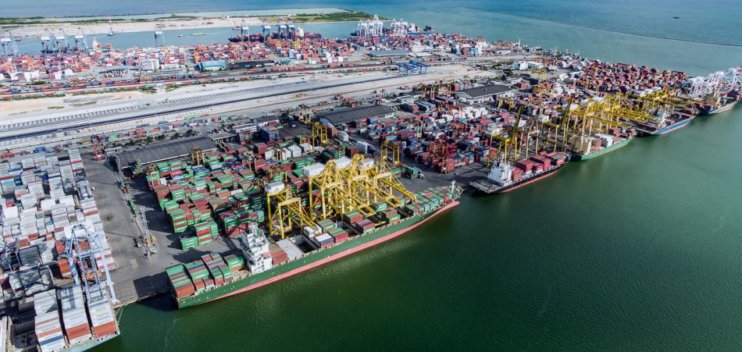Legislation for supply chains It was only a matter of time before individual countries enacted laws and regulations to formalise the obligations of financial firms concerning ESG (Environment, Social and Governance) targets. This action would be followed by the requirement for product companies to report on the ESG of their supply chains. It has now happened The German legislation, titled … Read More
Resilience is a requirement of future Supply Chains
Why Resilient Supply Chains? Based on articles in the media, Resilience is now an expected capability across different industries. But what does being resilient mean and does the need apply equally across all businesses? And what steps should be taken to become resilient? Globalisation came to the fore about thirty years ago, when many businesses in developed countries were intent … Read More
Supply Chains design influenced by IPCC climate report
Climate situation The 2021 Intergovernmental Panel on Climate Change (IPCC) report has observed that human influence is the main contributor to Climate Change. However, within the report’s not unexpected findings, there is some hope. A linear (not exponential) relationship exists between emissions and the extent of global warming and there is no geophysical reason why the climate cannot be stabilised. … Read More
Sustainability of Supply Chains is based on ESG report
Unsustainable future The world is consuming the planet’s resources 1.7 times faster than it can regenerate. In anyone’s language, this is both a continuing challenge and unsustainable. Change is therefore required to economies, businesses and the lifestyle of people in developed countries. But how difficult will this be? Between 1970 and 2020, the population of the USA increased by about … Read More
Value Added reflects the success of your Supply Chains
Value Added does not receive attention In a recent blogpost, the term Value Added (VA) was used. It defines the difference between the net income from the sale of products and services and the total purchase cost to the seller of materials and service inputs used to make the item. It is a measure for your organisation’s supply chains. Unfortunately, … Read More





